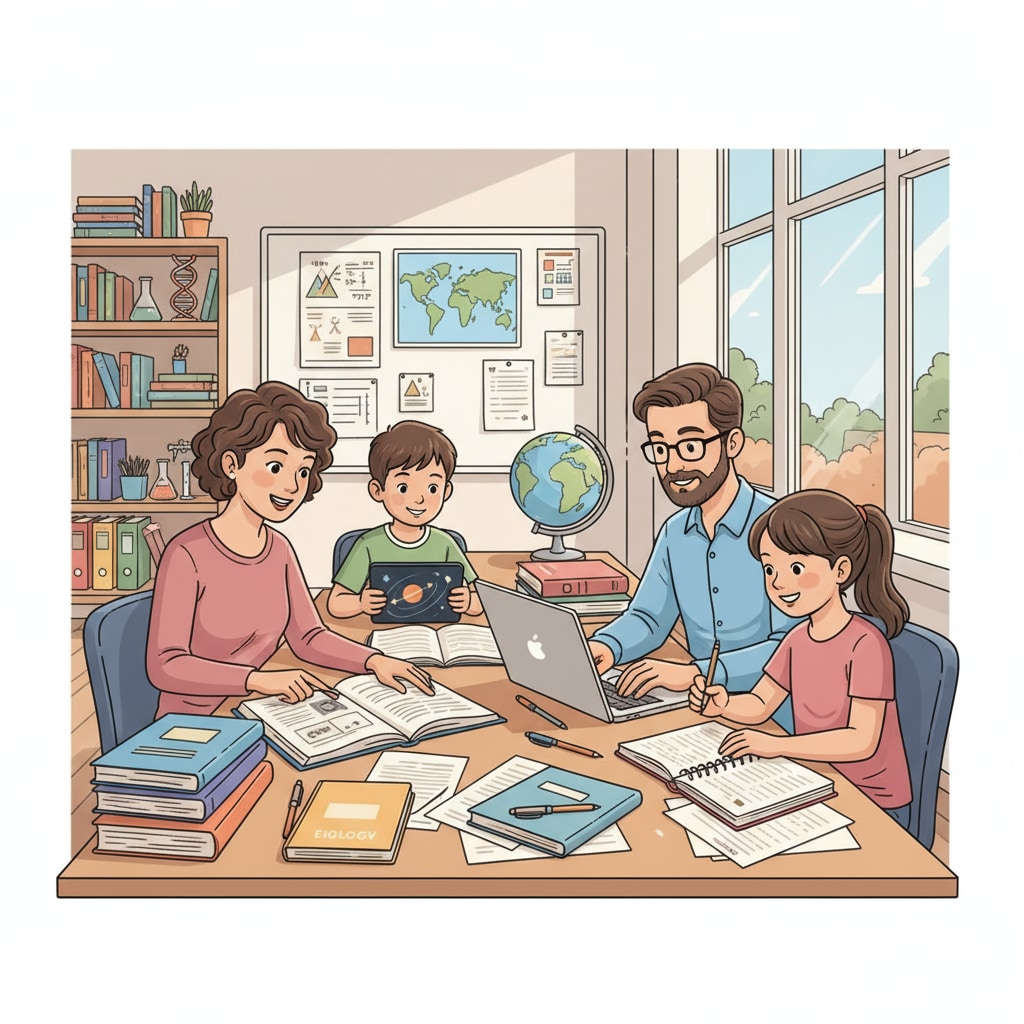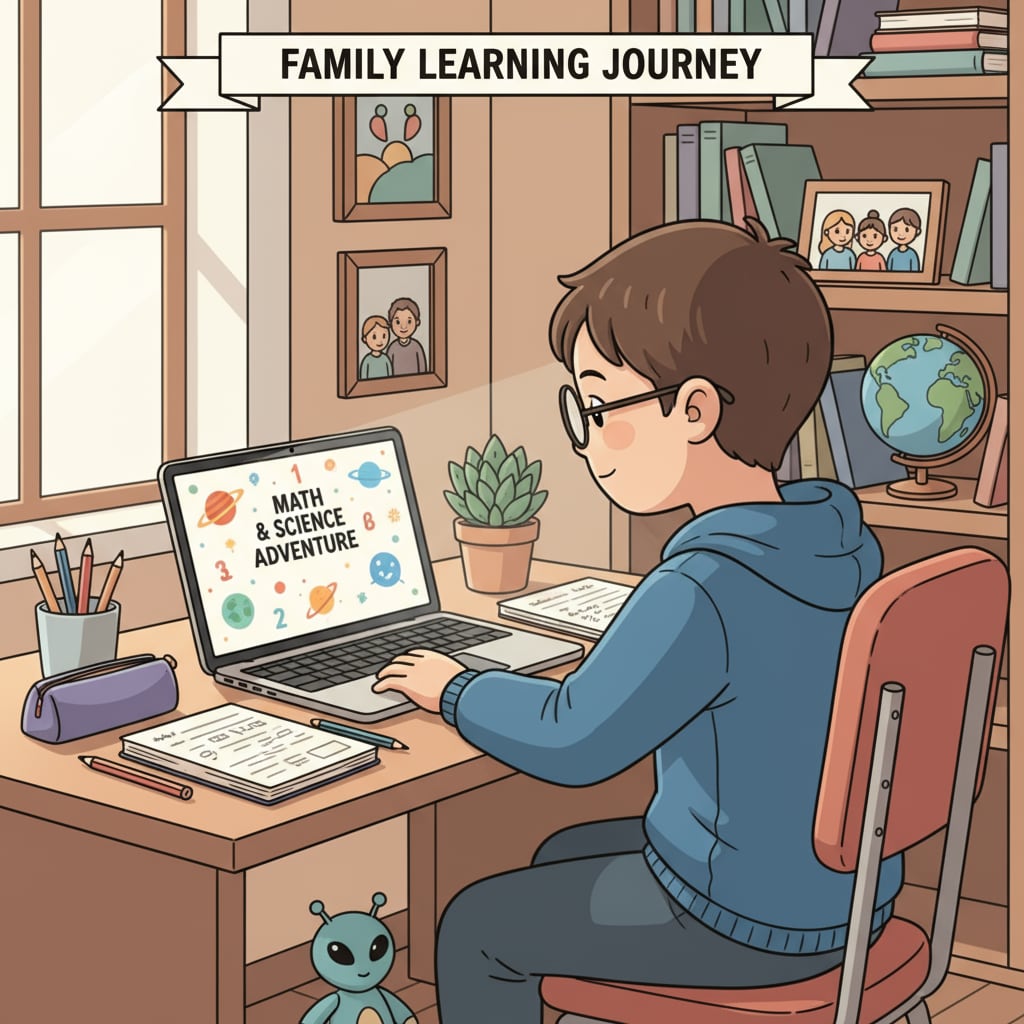In the realm of family education, academic resources and educational arrangements play pivotal roles. Parents are constantly on the lookout for the best resources to enhance their children’s learning experience at home. This article will introduce some of the top K12 academic resources and provide practical methods for their application.

Understanding the Key K12 Academic Resources
First and foremost, educational websites are a goldmine of knowledge. Platforms such as Khan Academy (https://www.khanacademy.org/) offer a wide range of courses from math to history, suitable for different grade levels. These websites provide video lessons, practice exercises, and quizzes, making learning engaging and accessible. Another great resource is National Geographic Kids (https://kids.nationalgeographic.com/), which offers educational content related to nature, science, and geography. It not only enriches children’s knowledge but also stimulates their curiosity.
Integrating Resources into Daily Learning
For daily learning, incorporate short sessions using these resources. For example, in the morning, spend 15 minutes on a math lesson from Khan Academy. This could be followed by a 10 – minute reading session from an e – book platform like Epic! (https://www.getepic.com/). In the evening, parents can use National Geographic Kids to discuss a scientific topic, promoting critical thinking and communication skills. This way, academic resources are seamlessly integrated into the daily routine.

Weekly educational arrangements also need to be well – planned. Set aside a specific day for in – depth learning. For instance, on Saturdays, dedicate a few hours to a project – based learning activity using resources from educational websites. This could involve creating a science experiment based on the knowledge gained from various platforms. By doing so, children can apply what they’ve learned and develop practical skills.
Readability guidance: As seen above, we use short paragraphs to present information clearly. Each H2 section focuses on a key aspect, and lists or examples are provided to make the content easier to understand. Transition words like ‘first and foremost’, ‘for example’ are used to enhance the flow of the article.


